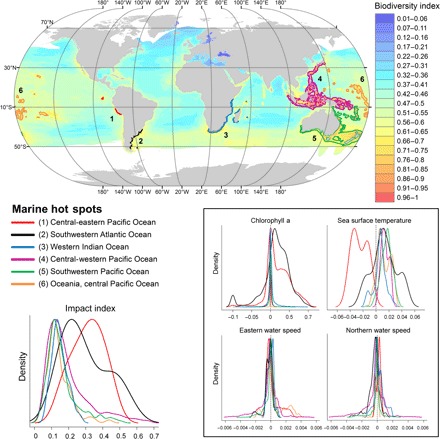Fig. 2. Environmental stressors affecting hot spots of marine biodiversity.

Marine hot spots (top) were identified on the basis of the spatially explicit information on the equally weighted distribution of fish (1729), marine mammal (124), and seabird (330) species. Colors represent a dimensionless index of biodiversity ranging from 0 (absence of species) to 1 (maximum species richness). Hot spots enclose 0.5° pixels with values of biodiversity over the upper 95th percentile. Density plots represent the distribution of environmental changes occurring within marine biodiversity hot spots and the derived Cumulative Impact Index, that is, the number of 1° pixels within each hot spot and with a given value for the estimated magnitudes of each environmental change. In this way, we aimed to highlight the idea that climate impacts may vary locally within defined hot spots as density plots extend over a range of values below and above zero, which denotes no change. Further details on the spatial distribution of these local impacts are provided in fig. S1.
